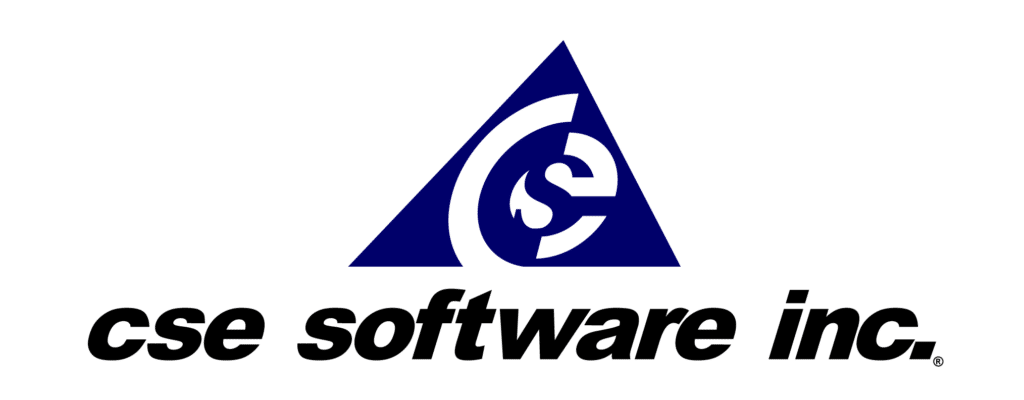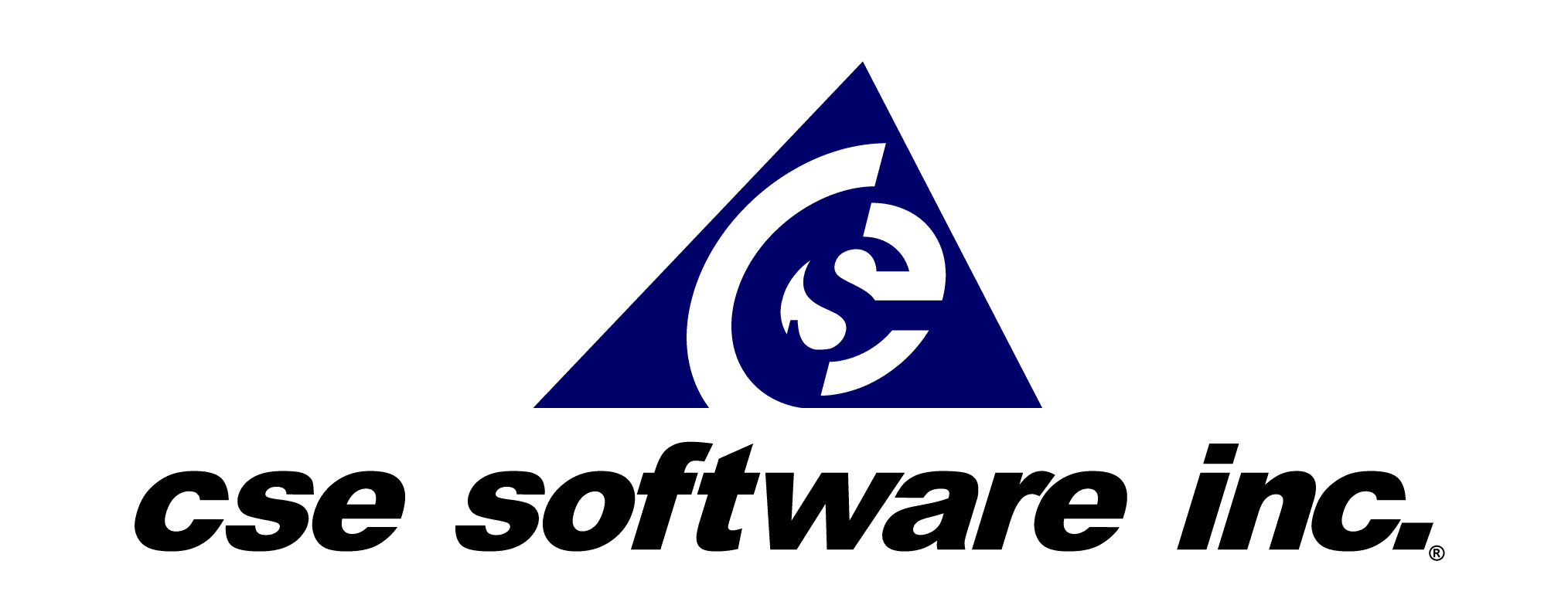Giving employees the training they need to succeed is difficult for most employers, and judging the effectiveness of that instruction is a tall order. Consequently, some companies will begin workers' terms of employment with excellent teaching materials and rigorous lessons, but these tutorials may not provide the best training possible because businesses can't improve on the classes and demonstrations they offer.
It's important for organizations to track their staffs' progress with a detailed instructional tool. One of the best available is custom software development because it provides in-depth accounts of employee achievements and can be specialized for companies' specific needs. This makes it much more likely that supervisors will be able to accurately judge which personnel are succeeding and who could use improvement.
The London Institute of Vocational Education has identified the major areas of inquiry businesses should concentrate on when surveying their training programs. The school outlined these topics in a report titled "Workplace Learning Evaluation: A Conceptual Model and Framework" and found many organizations aren't able to effectively monitor worker progress. Take these modes into account when using a custom eLearning development program to prepare hires and veteran employees for work.
Learning triggers
The study showed many businesses don't correctly identify and track triggers for learning that necessitates instruction. This failure can lead to extra lessons that hinder employee performance. For instance, companies may continue to use outdated training materials even when they aren't applicable because of improved operations or new technology. Use custom software development to ensure these tutorials are up to date and reflect the activities staff members will need to perform.
Learning events
It's also difficult for many companies to properly define which events constitute learning and which are simply work being done during a work shift. For example, tenured employees may conduct demonstrations for new hires, offering them information about a company's policies and practices. These short lessons could prove especially valuable if follow-up sessions are held, something few organizations currently offer.
Application impact
The most significant failing of many companies is in the area of impact studies. Training programs typically end when personnel are finished receiving instruction, but this precludes the ability of managers to continue monitoring employee performance. Continue using eLearning development tools to judge which workers keep improving their abilities and settle into patterns that leave little room for growth and development.
Contact Stacey Burris at sburris@csesoftware.com or 1.309.670.7595 and ask for an eLearning demo today!

